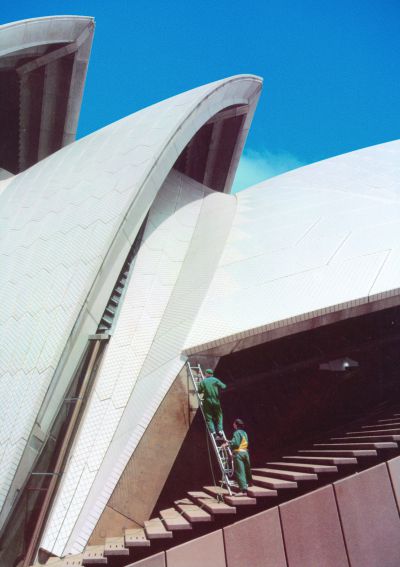Sydney Opera House
Surface Type: Engineered Concrete | Products Used: S-TECH 100N | Completed: 1992 | Applicator: | Fabricator: | Email: | Phone:

Files
Tagged
S-TECH 100N, Australasia, Public, Concrete
The Project
The Sydney Opera House was completed in 1973 and has a required service life of over two hundred years. It is located on the shores of Sydney Harbour, adjacent to the city’s central business district. The elements of the building are subject to both an aggressive urban and marine environment.The building serves a functional purpose, holding prestigious events such as operas, plays and concerts as well as being a national landmark of Australia. In 1991 a major upgrade and maintenance program was conducted by the Public Works Department of New South Wales, specifically to protect the exposed reinforced concrete elements.
Special Requirements
- Sealer used had to provide long lasting protection against efflorescence and salt spalling.
- Sealer had to protect against steel reinforcement corrosion.
- Sealer could not damage the surrounding glass.
- Surface had to retain original look.
The Stain-proof® Solution
Measures to protect the ribs of the exposed pre-cast concrete shells were required because there had been a slow build-up of salt contaminants, especially in the exposed concrete on the most northerly shell.
A means to reduce the future rate of contamination and the risk of corrosion of the reinforcement also had to be found. It was important that the method used did not damage the glass which forms the main view area of the Opera House.
For these reasons S-TECH 100N™ was chosen for the project. The deep penetrating sealer creates a water-repelling barrier which has helped to protect the exposed pre-cast concrete from damaged caused by water penetration. A significant reduction in water entering the concrete will help to protect against spalling, and subsequent corrosion of the steel reinforcement. After the two coats of S-TECH 100N™ were applied, any over-spray was easily washed off and did not affect the massive glass viewing windows.
